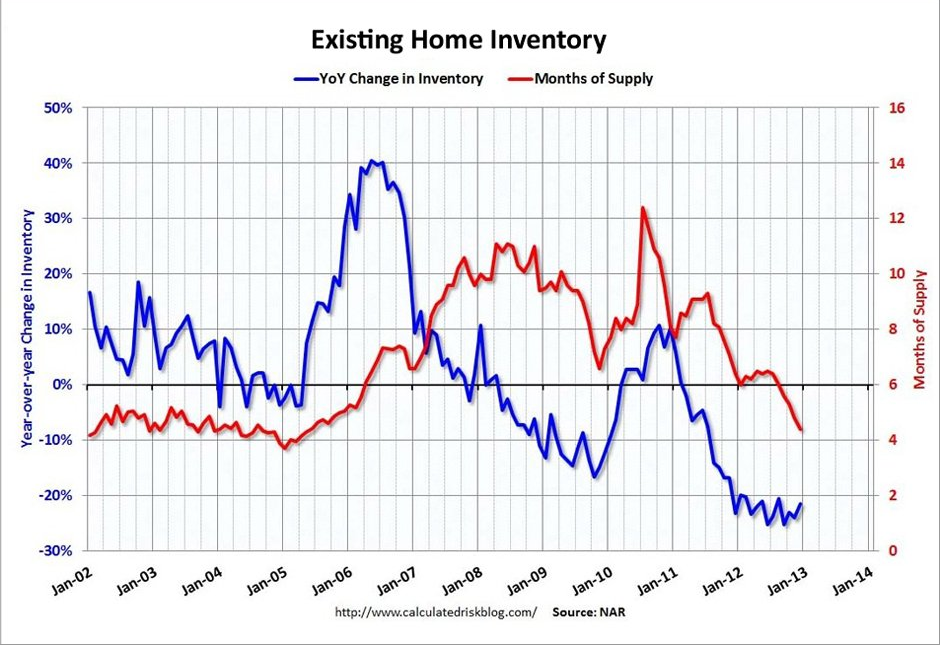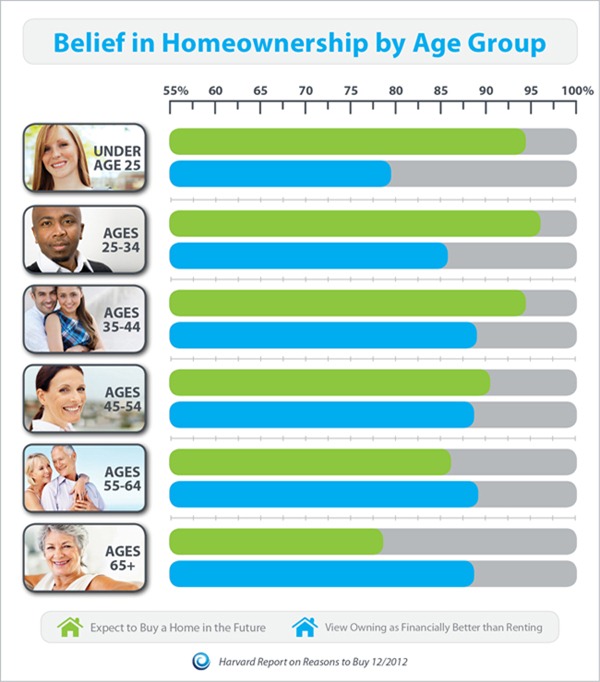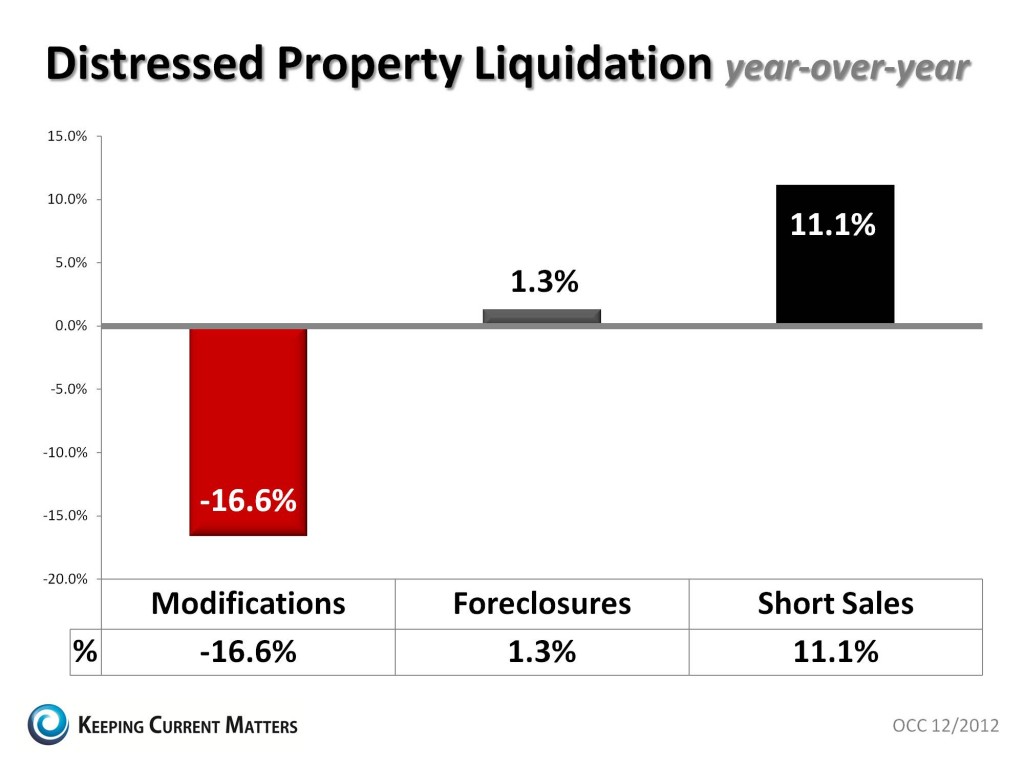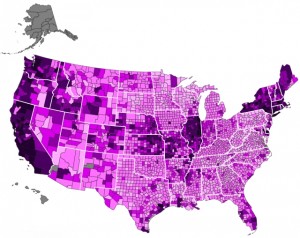 The REAL Trends Housing Market Report Video depicts national and regional trends for the residential real estate market. January report is based on Dec. 2012 Data.
The REAL Trends Housing Market Report Video depicts national and regional trends for the residential real estate market. January report is based on Dec. 2012 Data.
[pb_vidembed title=”” caption=”” url=”http://www.youtube.com/watch?v=qmxCbvnR2MY” type=”yt” w=”600″ h=”338″]










 According to the National Association of Realtors Dr. Lawrence Yun, NAR chief economist, said there is Median prices, and the impact of distressed properties healthy market demand. “Momentum continues to build in the housing market from growing jobs and a bursting out of household formation. “With lower rental vacancy rates and rising rents, combined with still historically favorable affordability conditions, more people are buying homes. Areas impacted by Hurricane Sandy show storm-related disruptions but overall activity in the Northeast is up, offset by gains in unaffected areas.”(NAR), existing home sales continued to improve in November with low inventory supply pressuring home prices, rising 5.9 percent for the month, spiking 14.5 percent compared to November 2011. NAR reports that sales are at the highest level since November 2009.
According to the National Association of Realtors Dr. Lawrence Yun, NAR chief economist, said there is Median prices, and the impact of distressed properties healthy market demand. “Momentum continues to build in the housing market from growing jobs and a bursting out of household formation. “With lower rental vacancy rates and rising rents, combined with still historically favorable affordability conditions, more people are buying homes. Areas impacted by Hurricane Sandy show storm-related disruptions but overall activity in the Northeast is up, offset by gains in unaffected areas.”(NAR), existing home sales continued to improve in November with low inventory supply pressuring home prices, rising 5.9 percent for the month, spiking 14.5 percent compared to November 2011. NAR reports that sales are at the highest level since November 2009.